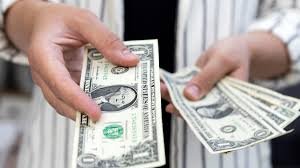
Central Bank Digital Currency Explained
What Is the Digital Dollar USA?
The digital dollar USA refers to a potential Central Bank Digital Currency (CBDC) issued by the U.S. Federal Reserve. Unlike cryptocurrencies such as Bitcoin, this would be a government-backed digital version of the U.S. dollar, designed to function like traditional cash but in a fully digital form. It would be stored in digital wallets and used for everyday transactions, making payments faster, more secure, and more inclusive.
Why Is the U.S. Considering a Central Bank Digital Currency?
The push for a central bank digital currency comes in response to global trends and technological innovation. Countries like China have already launched digital versions of their currencies, and the U.S. is exploring the digital dollar to maintain financial leadership and adapt to a cashless future. A digital dollar could:
- Improve payment efficiency and reduce transaction costs
- Expand access to financial services for the unbanked
- Help the Federal Reserve respond more directly to economic crises
It also raises questions about privacy, government oversight, and cybersecurity, which are being actively studied.
What Could the Future Hold?
If implemented, the digital dollar USA could revolutionize how Americans interact with money. From instant government stimulus payments to real-time peer-to-peer transfers, a central bank digital currency could reshape the U.S. financial landscape. However, it’s still in the research and pilot phase, with no official launch date yet.
As public debate continues, understanding the digital dollar helps citizens, investors, and businesses prepare for a more connected and digitized economy. Keep an eye on developments—this digital shift could redefine how we spend, save, and think about money in the 21st century.